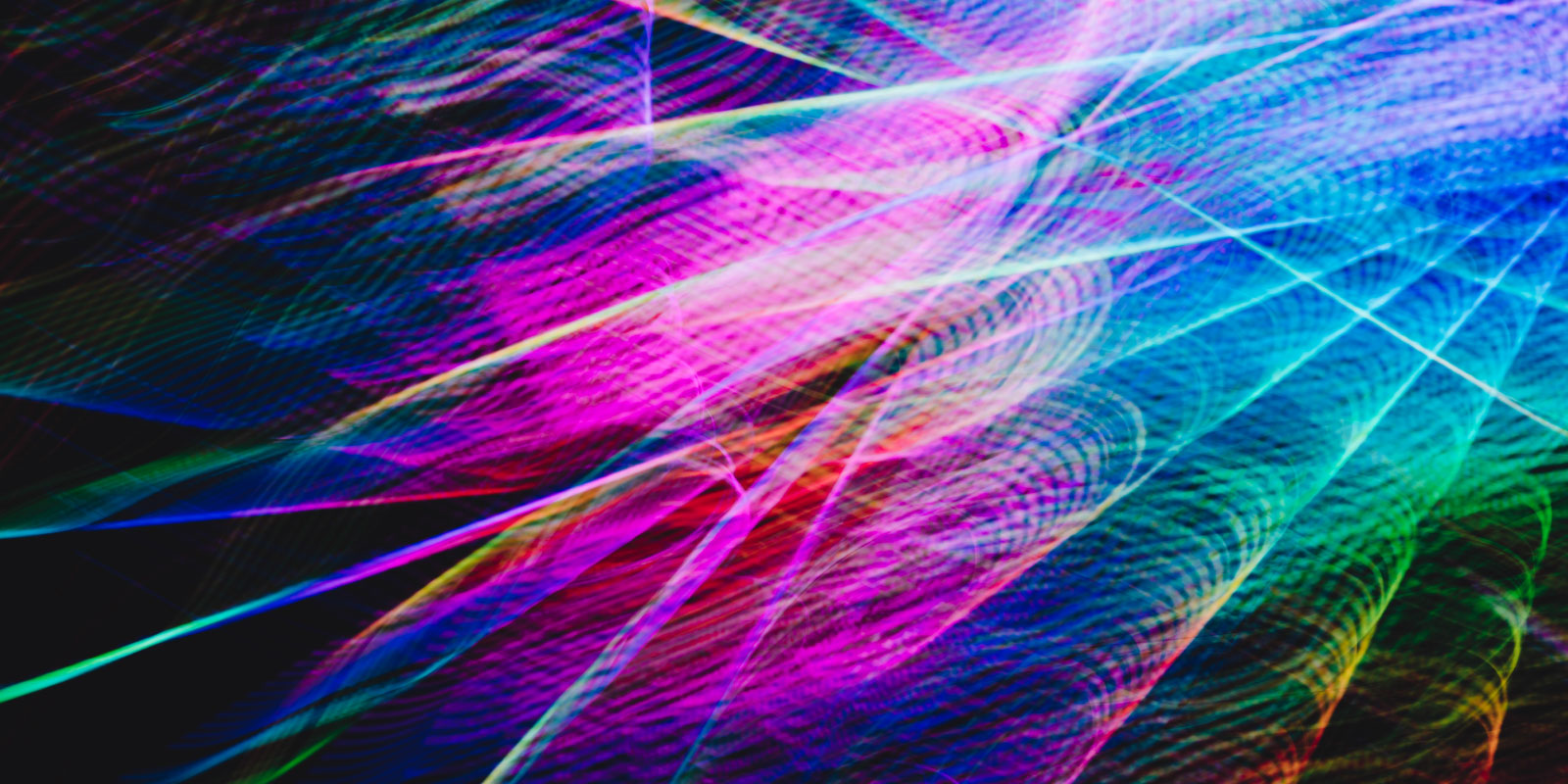Published on 03.04.2025
Six Main Tasks in Image Processing

This seminar series covers six key image processing tasks, following a typical workflow from reconstruction to segmentation, denoising, and tracking. It includes lectures and discussions on various techniques, with a focus on practical application.
Course dates: September 4 – October 16, 2025 (In the given time period, this course takes place once a week on Thursday.)
Register here!Images are not always captured by a camera. Often, they must be tediously reconstructed from a series of projections or other non-image types of acquisitions.
Different reconstruction algorithms allow for better image quality or can focus on specific properties of the objects under observation. Noise can be introduced at many steps in the image acquisition process. Denoising is therefore an essential step in most image processing workflows. Tracking individual objects over multiple time steps is a difficult task, but allows for the observation of temporal dynamics. Segmentation refers to the assignment of each pixel in an image to a specific category. In semantic segmentation, all pixels belonging to a cat are labeled “cat”, and all pixels belonging to trees are labeled “tree”. In instance segmentation, each pixel is additionally assigned to an object instance, making it possible to distinguish multiple cats and trees in an image.
The visualization of otherwise difficult-to-interpret data, such as reconstructed 3D(+T) objects or high-dimensional image data, is essential for understanding the results. Finally, interpreting the results of AI-based image analysis algorithms is important: Why was a particular decision made? What structures in the images were responsible? What can AI tell us about the underlying problem?
The course consists of lectures and interactive discussions. It covers various image processing techniques. It is recommended to attend all lectures for a deep understanding of the subject.
Learning goals
By the end of the course, you will have a basic understanding of the following six image processing techniques:
- reconstruction
- denoising
- tracking
- segmentation
- visualization
- AI-based image analysis
Target group
This course is open to researchers of all career stages, or anyone interested in learning about the subject. Course seats are limited.
This course is free of charge, and part of the data science course portfolio offered by the platforms of the Helmholtz Information and Data Science Framework.